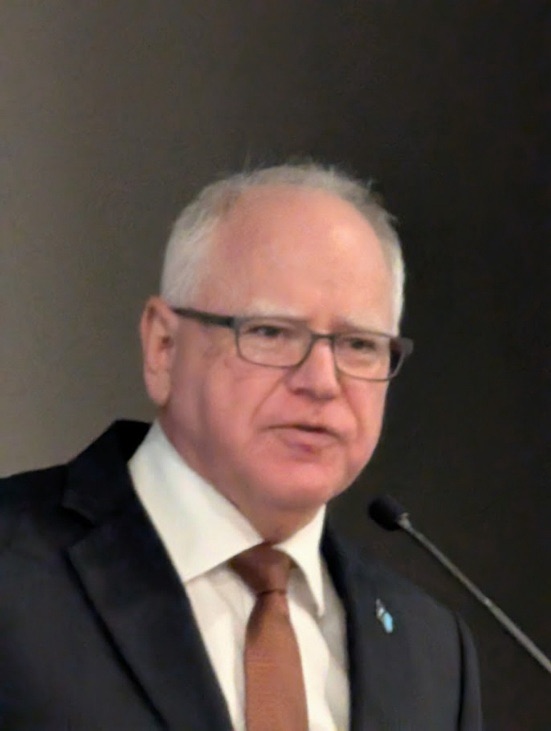May 5, 2025, by Dean Hoke: For years, there have been conversations among many higher education podcasters asking: Why isn’t there a podcasting conference just for us? This question lingered, raised in passing at virtual meetups, in DM threads, and on campuses where faculty and staff were creating podcasts with little external support or collaboration.
Last winter, a group of us decided it was time to do something about it.
Joe Sallustio and Elvin Freytes of The EdUp Experience, Dean Hoke of Small College America, and Gregg Oldring and Neil McPhedran of Higher Ed Pods took a leap of faith and began planning a first-time national gathering. We believed there was a clear void. Podcasting in higher education was growing rapidly, but most lacked a community outside of their home institution to network with, share ideas, and be inspired.
That leap of faith is now a reality. On Saturday, July 12, 2025, we will convene in Chicago for the inaugural HigherEd PodCon—the first conference built by and for higher education podcasters and digital media creators.
Hosted at the University of Illinois, Chicago
This one-day event will bring together over 40 presenters, 15 sessions, and 25+ institutions and organizations from across North America. Whether you’re a faculty innovator, student producer, tech strategist, or communications pro, HigherEd PodCon offers an immersive, hands-on experience designed to elevate the impact of campus-based podcasting.
Sessions run from 8:30 a.m. to 6:00 p.m., which includes networking opportunities and a reception closing out the day. The program is structured across three practical and dynamic tracks:
- Strategy, Growth & Discovery
- Content & Production
- Tech, Tools & Analytics
The keynote speaker is Matt Abrahams, lecturer in Strategic Communication at Stanford Graduate School of Business and host of Think Fast, Talk Smart. His insights on clarity, message delivery, and audience engagement will set the tone for a day of meaningful exploration.
A National Cross-Section of Institutions
HigherEd PodCon showcases participation from institutions of all sizes and types, including:
- Purdue University
- Stanford University
- University of South Carolina Beaufort
- Lansing Community College
- Brigham Young University
- Penn State University
Whether it’s a faculty-led series, a student-led network, or an advancement-focused production, you’ll hear how campuses are using podcasts to educate, engage, and amplify their stories.
Session Spotlights
Here are three sessions you won’t want to miss:
1. Podcasting, Social Media, and Video: Oh My!
Kate Young and Maria Welch, Purdue University
With more than 130 episodes and thousands of monthly downloads, This Is Purdue is among the country’s top university podcasts. In this session, Kate and Maria walk through their formula for success, including social media workflows, video strategy, and content optimization.
2. Why Podcasts Fail (And How to Make Sure Yours Doesn’t)
Dave Jackson, Podpage; Podcast Hall of Fame Inductee
Dave Jackson has helped hundreds of shows succeed—and watched others fall flat. This session offers practical guidance for anyone launching or relaunching a podcast with purpose. Topics include budget-friendly production, YouTube distribution, and sustainable growth.
3. From 5 to 30: Growing a Podcast Network That Speaks Higher Ed
Daedalian Lowry and Layne Ingram, Lansing Community College
What started as five faculty shows grew into a 30+ program podcast network that engages the entire campus and community. Learn how Lansing Community College scaled LCC Connect with collaboration, creativity, and cross-departmental buy-in.
Why Attend HigherEd PodCon?
Whether you’re just starting out or looking to take your podcast to the next level, this is the community you’ve been waiting for. Here are three reasons not to miss it:
- Network with your peers: Build meaningful relationships with fellow higher ed podcasters and digital media innovators.
- Gain tools and templates you can use immediately: From show planning to promotion, walk away with actionable strategies you can implement on Monday.
- Stay ahead of the curve: Learn how leading institutions are using podcasts to engage students, alumni, donors, and the public.
Save the Date
HigherEd PodCon 2025 is your opportunity to help shape the future of podcasting in higher education—and to find your people in the process.
Learn more and register at www.higheredpodcon.com. We have room for only 200 attendees in this inaugural event.
Early bird rate of $249 available until the end of May
Dean Hoke is Managing Partner of Edu Alliance Group, a higher education consultancy, and a Senior Fellow with the Sagamore Institute. He formerly served as President/CEO of the American Association of University Administrators (AAUA). With decades of experience in higher education leadership, consulting, and institutional strategy, he brings a wealth of knowledge on small colleges’ challenges and opportunities. Dean, along with Kent Barnds, is a co-host for the podcast series Small College America.



